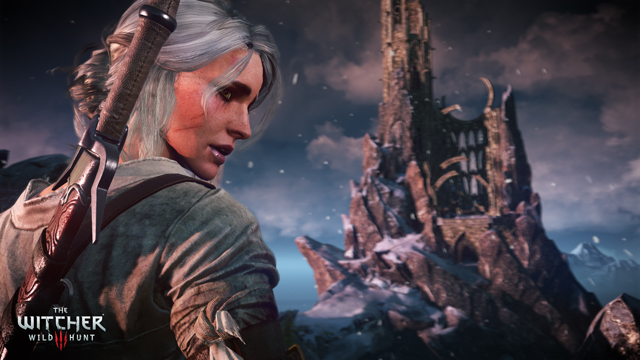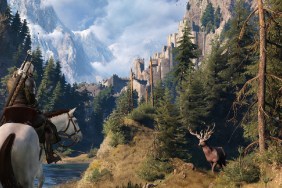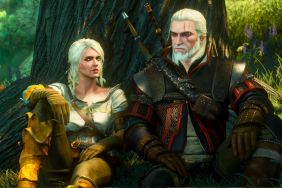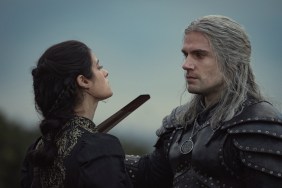Totally Bewitching.
“We are gamers ourselves,” Konrad Tomaskiewicz, Game Director for The Witcher 3: Wild Hunt, paused occasionally to search for the right word, then expounded. “We will not release a game until it is up to the level of quality that we require.”
That "level of quality" has been clearly a goal at every stage of production on The…











